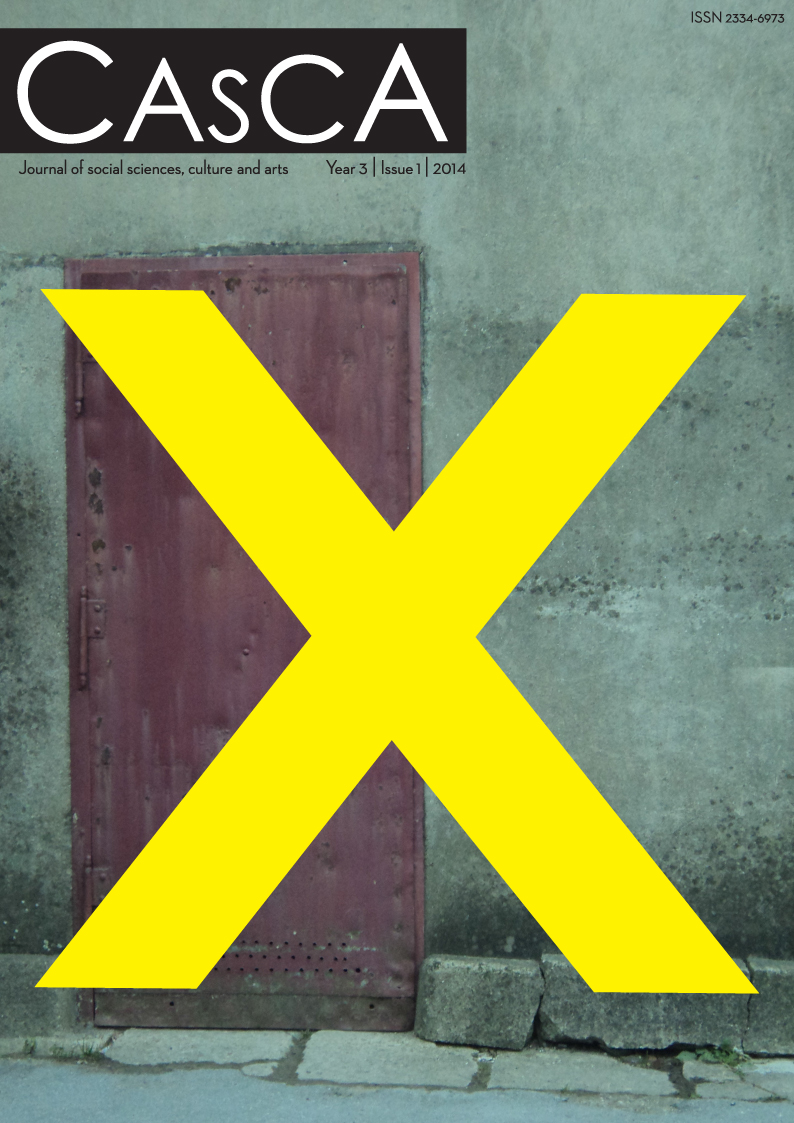The Main Methodological Principles of Teaching Hungarian Dialects in the Hungarian-Speaking Communities in the Carpathian Basin
The Main Methodological Principles of Teaching Hungarian Dialects in the Hungarian-Speaking Communities in the Carpathian Basin
Author(s): Eleonóra Kovács RáczSubject(s): Language and Literature Studies
Published by: Centar za alternativno društveno i kulturno delovanje
Keywords: vernacular language version; additive approach in teaching; mother tongue; the status of the language variations; situational linguistic duality (or diglossia); functional language use
Summary/Abstract: One of the important unresolved tasks in the Carpathian Basin is the teaching of Hungarian dialects at schools. So far, the Hungarian curriculum has almost exclusively dealt with the Hungarian standard and literary language. Any other Hungarian language variation-such as the dialect of students who comprise the majority, is only scarcely taught. It has been discovered that this standard language centred curriculum does not achieve the expected results, because students who live in the villages outside the Hungarian borders and speak those dialects, do not acquire the Hungarian standard and literary language. Researchers claim that there is a great demand for additive language teaching of the mother tongue. The additive aspect is based on the actual use of the language, which facilitates keeping pace with the Hungarian standard language at schools.This study will outline the current position of the Hungarian dialects in the Carpathian Basin and move on to discuss teaching these at schools. It will also deal with the partially planned and implemented aspects of the dialects, grouped around their communicational scope.
Journal: CASCA, časopis za društvene nauke, kulturu i umetnost
- Issue Year: 1/2014
- Issue No: 3
- Page Range: 210-219
- Page Count: 10
- Language: English

